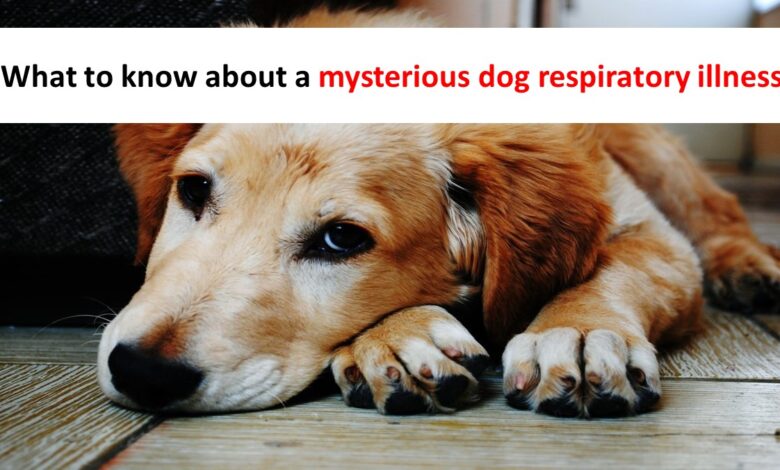
The puzzling respiratory disease that might have nauseated scores of canines the nation over could be brought about by another kind of bacterial contamination that might be truly adept at avoiding the canine safe framework, analysts say. A few canines have passed on from the sickness, what begins with causes a hack that can keep going for quite a long time, runny eyes and wheezing.
In an improvement that could be useful to reveal insight into the disease, which has impacted an assortment of canine varieties, specialists at the College of New Hampshire’s Veterinary Determination Research facility and the Hubbard Place for Genome Studies told NBC News they have recognized a microbe that may be what’s compelling pets wiped out.
Through a hereditary sequencing of tests from an underlying gathering of 30 canines from New Hampshire who were contaminated last year and afterward 40 extra from Rhode Island and Massachusetts who became ill this year, the specialists say they have found a formerly obscure microbe.
The microorganism is “an out of control bacterium,” said Dr. David Needle, pathology segment boss at the School of Life Sciences and Horticulture at the College of New Hampshire. “It’s more modest than an ordinary bacterium in its size and in the size of its genome. Quick version, a peculiar bacterium can be difficult to track down and succession.”
The microorganism “is new as a possible reason for illness, yet it is probably going to be — or to have developed from — a part of the canine microbiome,” he said. Canines as well as people have various kinds of innocuous microscopic organisms and different microorganisms living both inside and outside the body. In the stomach, they are remembered to help with assimilation.
The bacterium was found after a careful hunt.
“After starting sequencing displayed there were no known viral, bacterial or contagious microbes, tedious and hounded work by graduate understudy Lawrence Gordon showed that 21 of the underlying 30 examples from New Hampshire had some hereditary material from one abnormal bacterial animal groups,” Needle said.
The UNH group is sharing its outcomes before distributing an examination article, trusting they will give veterinarians some data as they manage other respiratory condition episodes, he said.
Researchers aren’t even certain yet whether a similar bug is making canines wiped out the country over. Numerous specialists have contemplated whether it was a bacterial or a viral microbe. One thing veterinarians really do know is that the microbe is something they don’t perceive.
Mike Stepien, a representative for the USDA Creature and Plant Wellbeing Examination Administration (APHIS), said in an email Wednesday the organization is working with different state creature wellbeing authorities and demonstrative labs in regards to the respiratory disease in canines that, “in uncommon cases, has advanced quickly to death.”
“APHIS and accomplices have not yet authoritatively distinguished the reason for disease,” Stepien answered in an email. “There are no reports of human sickness subsidiary with these cases as of now.”